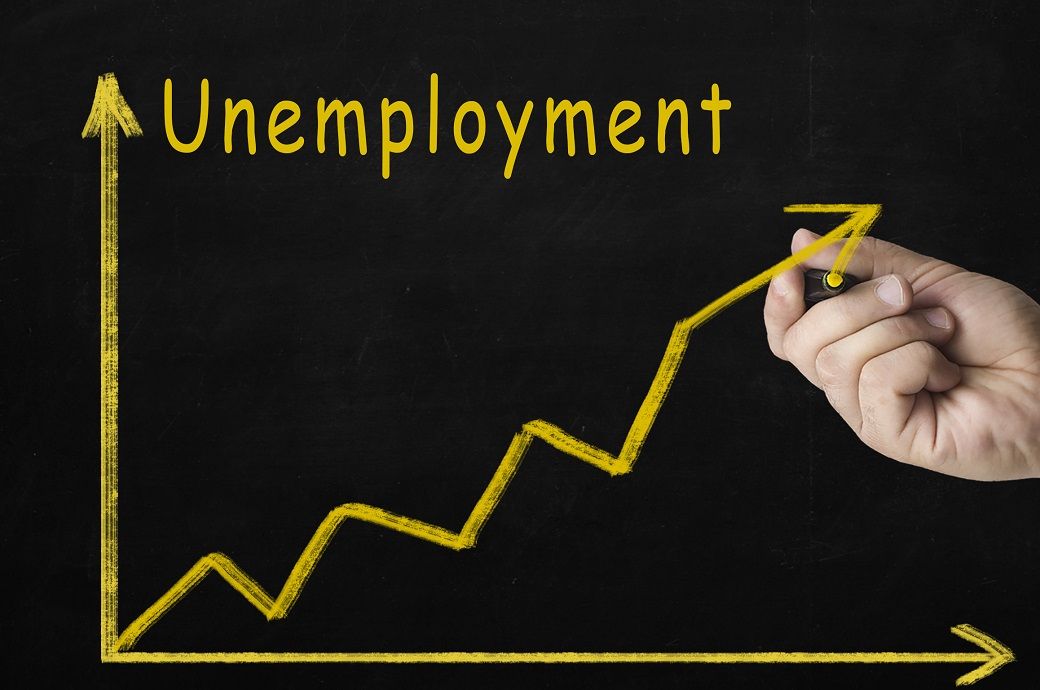
The ILO’s analysis reveals a mixed recovery from the pandemic. The disparities are particularly stark between higher and lower-income countries. In 2023, the jobs gap rate was 8.2 per cent in high-income countries, compared to 20.5 per cent in low-income countries. The unemployment rate also varied, standing at 4.5 per cent in high-income countries and 5.7 per cent in low-income nations.
Approximately 1 million more workers fell into extreme poverty in 2023, with the number of workers living in moderate poverty increasing by 8.4 million. This trend, along with widening income inequality and the erosion of real disposable income, poses serious threats to a sustained economic recovery, as per the World Employment and Social Outlook Trends: 2024 report.
Another concern raised is the stagnant rate of informal work, which is expected to account for around 58 per cent of the global workforce in 2024. Labour market participation rates have not uniformly returned to pre-pandemic levels, with disparities especially evident in gender and youth unemployment.
Additionally, the report notes a slowdown in productivity growth despite technological advances and investment, attributing it to investment in less productive sectors and barriers such as skills shortages.
"This report looks behind the headline labour market figures and what it reveals must give great cause for concern. It is starting to look as if these imbalances are not simply part of pandemic recovery but structural,” said ILO director-general, Gilbert F Houngbo. “The workforce challenges it detects pose a threat to both individual livelihoods and businesses and it is essential that we tackle them effectively and fast. Falling living standards and weak productivity combined with persistent inflation create the conditions for greater inequality and undermine efforts to achieve social justice. And without greater social justice we will never have a sustainable recovery.”
Fibre2Fashion News Desk (DP)